Hey guys, it's me Alex from AlexHasAnOpinion! For those who don't know me, I'm a YouTuber mainly focusing on videogame and film reviews, but I recently made a video on Spacious. Spacious themselves loved it so much they've made this super special page on their website just for me! So what are you waiting for, get scrolling!
A Second Opinion
Keep scrolling for a video breakdown
Whilst we can't (legally) agree with everything Alex gets up to in this video, we loved the energy that he embraced Spacious with so much we knew we had to share it!

Jonah Ling
Lead Developer at Spacious
Alex packs a lot into his video for nearly 50 minutes! But for those of you still wanting that little bit extra, don't stress - we've got you covered. Keep scrolling as we break down Alex's video scene by scene, explaining the features and mechanics used, as well as discussing them within the broader context of Spacious' 3D vision.
Yo! It's Alex
and this is my story...
Intro
In his intro, Alex does a beautiful job of summing up Spacious. It's the intersection between open-world sandbox and office filing cabinet - the 3D personification of your computer. He mentions his pre-emptive doubts that Spacious may meet the same lonely fate as Meta's Horizon Worlds, a possibility we have strived massively to avoid. Our solution was to steer away from online human-human interaction (which we all know from the pandemic is still a lacking technology) and instead focus on perfecting and innovating the more sturdy field of human-computer interaction (or HCI for short).
Alex also talks about his incentive for the video, namely his mum's company adopting Spacious. Curious to see what all the fuss was about, Alex embarks upon his epic adventure, but does he truly know what he will have accomplished by the end?

Curiosity Killed the Birds
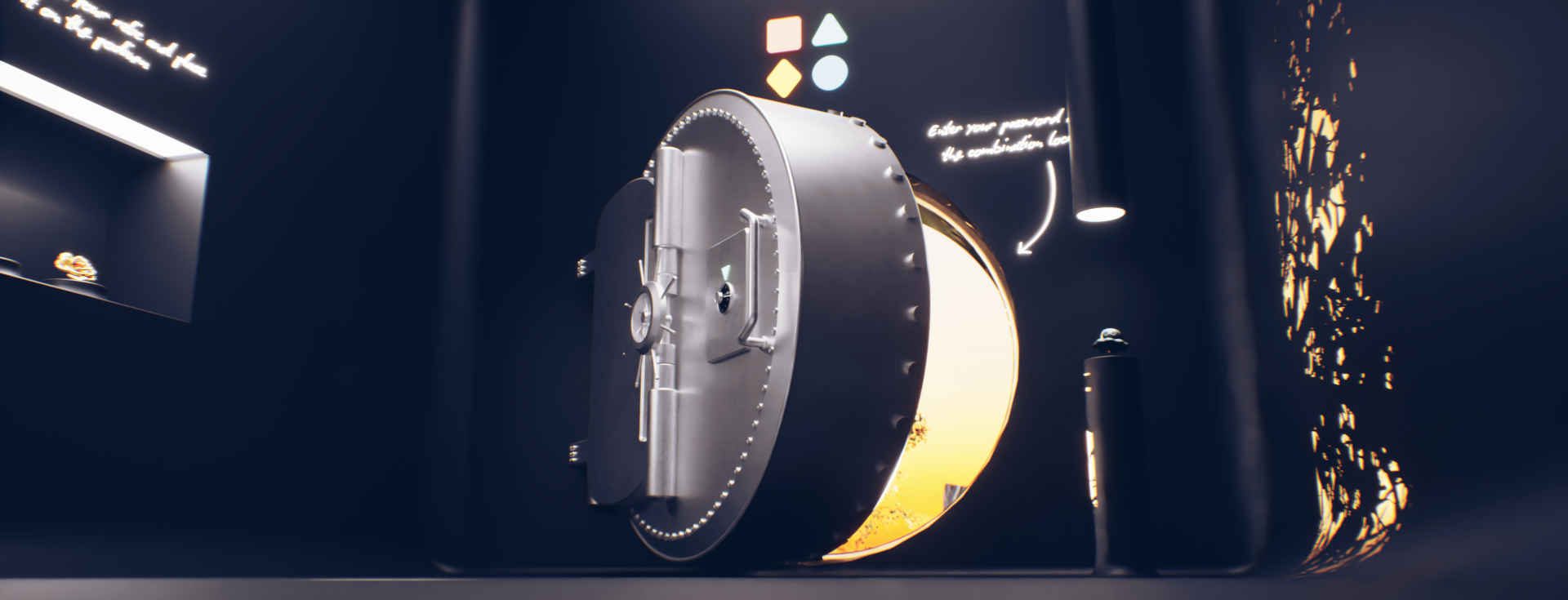
Day 0
Once logged in, Alex encounters the Spacious Catalogue for the first time. Tasked with choosing a template world to start from, Alex investigates the various offerings, each of which is floating in a fragile bubble.
Our idea for the bubbles came from a desire to rethink packaging. In reality, the boxes your deliveries come in need to provide protection, but in Spacious we can reduce the notion to just a wrapper dividing what is and isn't owned by the user. Whilst most of us will know how to open a cardboard box, in VR that interaction is much more difficult, and whatever compromise we could've developed would probably end up being a rather alien experience. Instead, the action of popping a bubble is engrained into every child, essentially doing the heavy lifting for us in order to create an intuitive interface.

Bubbles!
After settling for the room out of indie videogame Antics, Alex gets to inspect his new Spacious world for the first time.
Something we love about the Antics world is the number of physical affordances it has in its furniture. From the drawers in the desk to the clock on the wall, everything can be interacted with, heightening the level of immersion.
Antics
But the tour stops prematurely when Alex realises that there's nothing outside the door except infinite void. But he embraces it, excited to start crafting his personal world. Opposite to a new laptop or phone that comes with a dozen annoying apps pre-installed that you immediately delete, in Spacious we let the user decide everything!
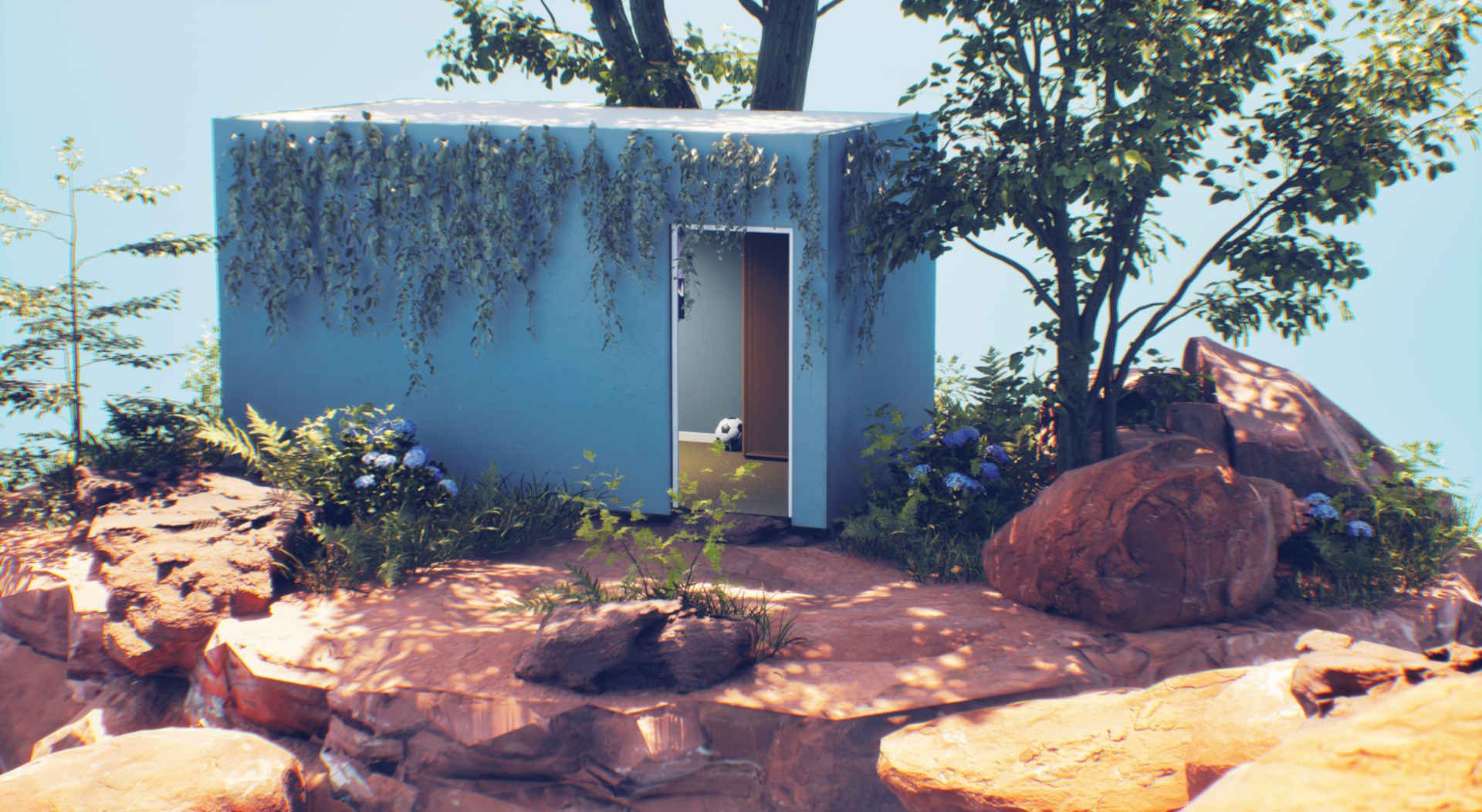
Day 1
Alex's plan for the video consists of creating three floating islands, each with a different purpose. This is one of the best ways we've seen for users to organise their worlds, taking advantage of that third dimension to situate and compartmentalise the various functions of their world.
On a traditional 2D screen information and apps can only be arranged right in front of you, forcing you to only ever see a small snapshot of the full computer. Your files and other apps are abstractly hidden away outside of the 2D plane, waiting to be accessed when the user creates a new window into their reference frame. In Spacious, everything is always in the world in a specific location, and so the user will have a much more complete picture of their computer as a whole, similar to the thoughts shared by Kevin Lynch in The Image of the City.

High in the Sky
After finishing his first floating island, Alex encounters the problem that his basketball court has no fence and so he's constantly losing his basketball to the void. Frustrated by the idea of having to enter the Catalogue each time to grab a new one, he constructs a Rhythm system to clone basketballs. Despite getting a bit stuck at the beginning, Rhythm was intuitive enough that he could figure things out fairly quickly.
This has been one of our main goals for our logic system, Rhythm. Like many other node based scripting languages, Rhythm visualises the flow of information through wires to make coding more obvious. In Alex's case it was realising that he needed a button in order to activate the spawner - an idea that makes logical sense we hope.
Attack of the Clones
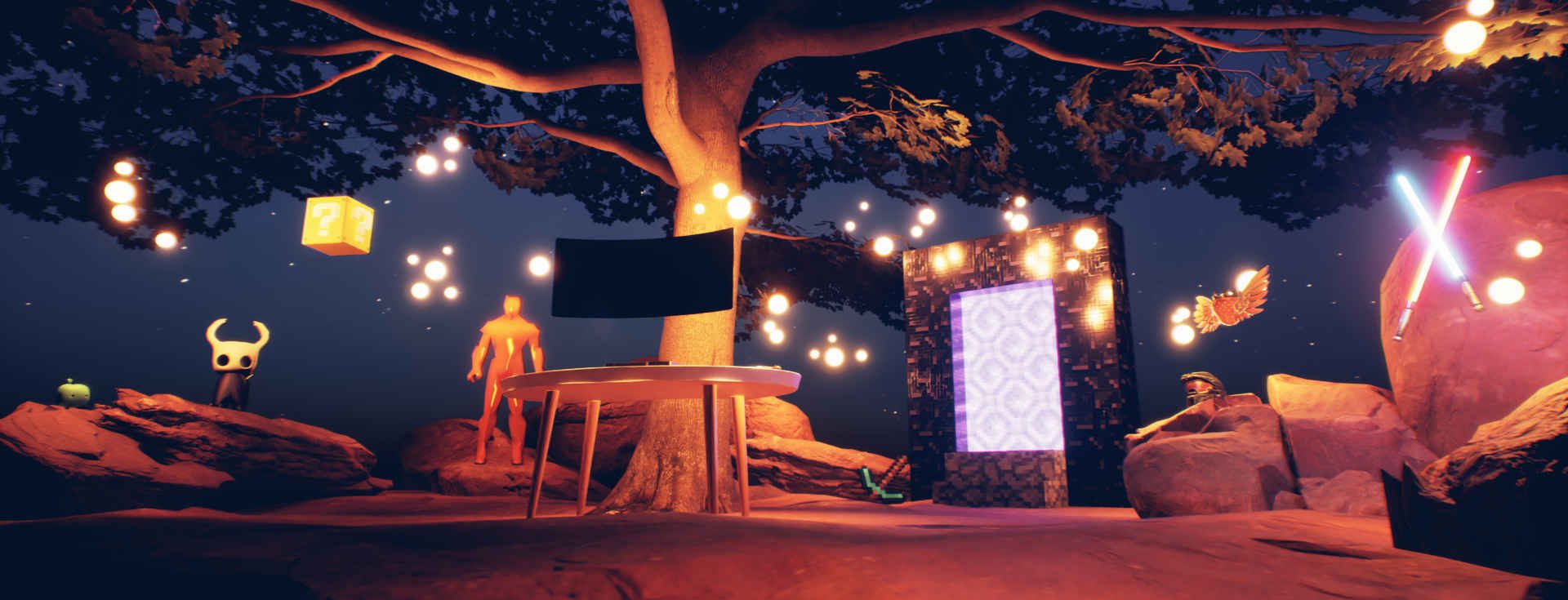
Day 2
Coming into his second day in Spacious, Alex turns to tackling his dubbed 'Videogame Island'. He begins with a demonstration of how one particular game, Superhot VR, is accessed. This game has taken the in-game action of punching one of the Superhot enemies and repurposed this into the trigger to transfer from Spacious into the game.
Other games work in a similar way. Access Minecraft VR by walking into a nether portal, Beat Saber by picking up lightsabers, and so on. It's interactions like these that really set Spacious apart from traditional computers where each action is just a click or keyboard macro. Not only can learning macros for a dozen different softwares be a nightmare, in our opinion it's just no where near as fun as punching a shiny red crystal man!
Destroy the Pyramid!
One of our greatest achievements at Spacious will be making traditional 2D applications become 'retro' and outdated. That's why we include 2D screens in Spacious as legacy devices, ensuring backwards compatibility, but also serving as a reminder of the limitations of the past. Suddenly when placed in the middle of a floating island surrounded by vibrant and intriguing objects, the screen seems small and flat, revealing its true identity.
But to give some credit to 2D screens, side-scrolling games like Celeste (that Alex briefly plays in his video) embrace the retro style of pixel art, becoming examples of how things of the past can always be revived into amazing new experiences. We wonder how future generations will build on Spacious when the new 4D interfaces take over...

Retro
Blackmagic (that develop DaVinci Resolve) have been one of the first companies to dive into Spacious, realising its potential to revolutionise video editing. They came up with a beautifully tangible method of rearranging, slicing and combining video clips by embodying them in physical blocks. Now rather than dragging a clip across a 2D timeline or pressing the 'split' button, users can just intuitively pick up and move video blocks, as well as cut them in all manner of ways using the accompanying knife. We agree with Alex that video editing just got a whole lot cooler.
DaVinci Resolve
Things start to get really exciting as Alex dives into the world of Rhythm to begin making custom tools. His first creation is an automatic knife, made by combining the metronome and the relative motion controller components.
We saw the metronome as the perfect embodiment of a computer loop/clock. Used in music to keep a constant beat, it can also have its timings adjusted to increase or decrease the duration between ticks. The beauty is that pre-digital metronomes did this purely using physics. One would slide a weight up or down the pendulum to control the speed, exploiting moments in order to change how fast the pendulum swung. Whilst Spacious' physics system isn't precise enough to have this actually occur, we have replicated the effect manually so that the mechanic is still embodied enough to imply the affordance.
AutoCutter3000
Perhaps our favourite scene from the video, Alex becomes a miner for the day as he hollows out part of an island in order to build an underground cinema!
Implementing this feature with Minecraft was challenging to say the least, but the result is surely worth it. In fact, our developers spent so much time in our office just mining random objects (and even competing for the quickest times!) that we had to ban the pickaxe during working hours!
Then in a stroke of genius, Alex repurposes the AutoKnife3000 to make an insanely powerful tool that made light work of the island's interior whilst looking like tremendous fun. Can we have a go...?

Mining
This is the point in the video where we have to start questioning Alex's decisions. No doubt the ending is entertaining and demonstrates the limits of Spacious when combined with human ingenuity. However, as a company committed to the privacy and security of our users and their worlds, we have to condemn Alex's actions as he hatches the plan to break into Graham's world.
That aside, we can share that we were all very impressed by Alex's attempt to override the vault door. Even if the method he used has now been patched, it shows that any system, even one with a physical 'firewall', is susceptible. It reminds us of the countless gamers finding innovative and, quite frankly, bonkers ways to speedrun games, glitching through walls and one-hitting bosses sometimes just to shave off milliseconds on the record. Are these the superheroes or criminals of the future...

Vigilante
Day 3
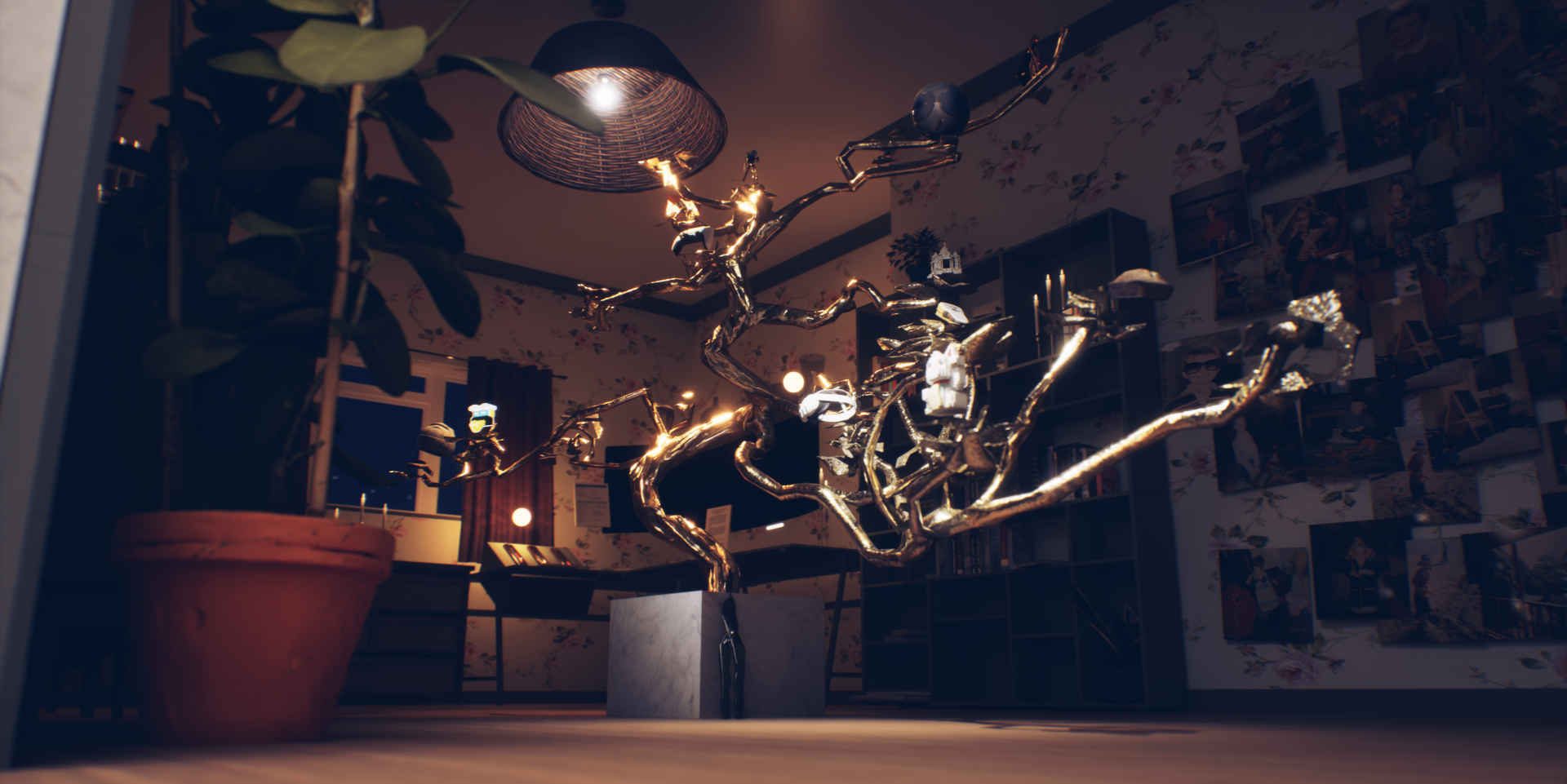
Day 4
The Rhythm that Alex constructed to brute force the combination lock in the vault had us speechless when we first saw it. It seems that the cost of making programming so intuitive is the ease with which users can turn that to malicious intent.
Hacker
Another of our favourite interfaces from the video is Alex's mum's tree. It's a perfect example of how the affordances of one object can be exploited and remapped in the virtual to serve a new purpose. The difficulty with these is finding the appropriate analogy in order to remap in a sensical way.
Here, the features and affordances of a tree (branches and height, pruning/cutting off branches) are remapped to serve the purpose of displaying employees' statuses (hierarchy) and allowing their manipulation (promoting/firing).
We believe that such analogies, especially those from nature, are the most powerful and intuitive way to make computers more human-centred since they tap into a fundamental or nurtured understanding that is almost unanimously possessed.

Botanist
In a short interlude from his mission, Alex stumbles into his mum's Gallery, a native app used to display social media content in a 3D art gallery environment. Horrifying to some, our hope is that it might actually reduce social media usage.
Gallery
Graham will be in for a shock when he next logs in, that's for sure!
We'll concede that it's a thrilling climax even if it does break all the rules. And it also perfectly shows off the similarities of Spacious with reality that we have strived to add. There's nothing more immersion-breaking when playing a game than when something just doesn't act as it should, whether that's fire not spreading, gravity not working or NPCs being, well, just NPCs.
Of course, sometimes you'll want to break the rules of reality, and we've tried to make every object in Spacious customisable (Rhythm being a big part of that) so that users can change and even create new functionality. But as a wise man once said, with great power comes great responsibility...

Karma
Outro
Alex finishes his video with a few thoughts as he reflects back on his experience.
He seems really excited (as are we) about the possibilities of Spacious and other VR applications, and points out that these will still need some development before their full potential is unlocked. Even if things can take longer to achieve in a 3D environment, he says that it's worth it for the added enjoyment.
Part of Spacious' journey has been just experimenting to see what works and what doesn't. After all, nothing in the universe says that VR will be better than 2D screens, it was rather just an intuition that as creatures evolved for a 3D world we might get on with 3D user interfaces better. And whilst it may appear that everything's turned out great, there has been countless roadblocks along the way. But, as we constantly reiterate at Spacious, never be confined by the present!

Inefficient Optimisation
It certainly raises ethical questions over how to control the technology. Spacious' big selling point after all is giving our users freedom to construct their own world. The boundary must be when this encroaches on the freedom of another user. Thankfully, with infinite worlds at our disposal, the amount that other will need to impact each other can be greatly reduced.
Alex appears to get the sentiment as he rushes out unsettled by what he has witnessed. But if it is that easy to break the chains of doomscrolling the maybe there is hope for Gen Z after all...
Back to top
Envisioned by

This project forms part of my Cinematic and Videogame Architecture MArch at Univeristy College London.
Student Number: 20033821
Candidiate Number: DQSL1

